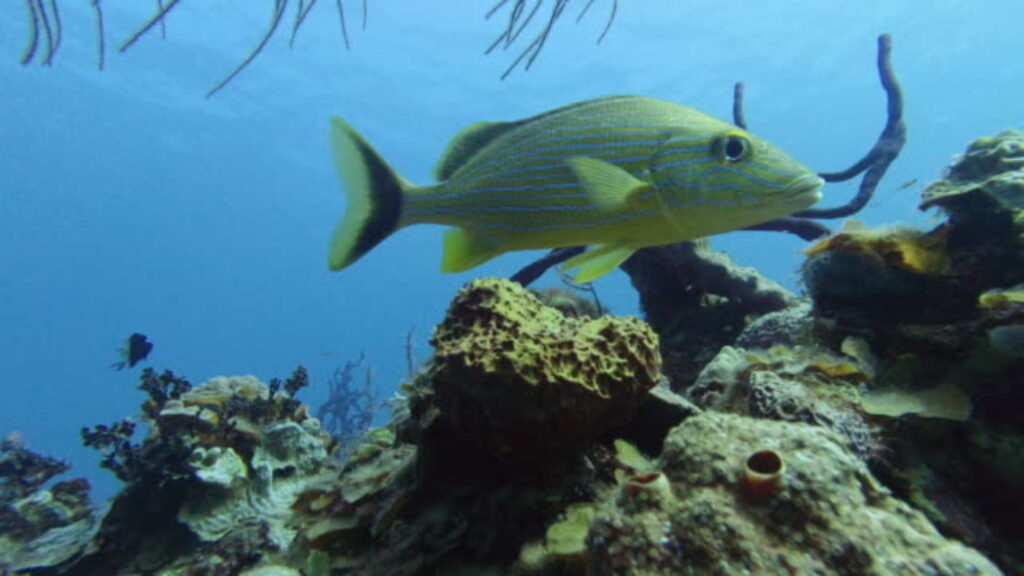Age matters when determining how to protect life in the ocean; every population needs a strong cohort of adults to produce the next generation. But many marine protected areas (MPAs) are falling short of their most basic purpose: to rebuild struggling fish populations. In a new study published in Global Change Biology, scientists looked at the age breakdown of reef fish in marine protected areas for the first time. They discovered in almost all of them, adult fish populations have either flatlined or declined.
“Adult fish are really important,” said Steve Canty, Marine Ecologist with the Smithsonian Environmental Research Center and a lead author of the study. “They are the primary catch within commercial fisheries that support livelihoods and food security of coastal communities. Additionally, it is the adults that breed and rebuild the fisheries, and here, size matters. Bigger and older female fish produce more and better eggs, and therefore are critical to rebuilding fish populations.”
It is a vital lesson as the world races to meet the “30 by 30” target to conserve 30% of Earth’s ocean by 2030. Delegates at the United Nations Biodiversity Conference set that ambitious goal in December 2022. However, many experts say the target will mean little unless nations choose sites where marine life can flourish and balance the needs of coastal communities.
The study looked at fish in the Mesoamerican Reef. The longest reef in the Western Hemisphere, it stretches over 600 miles along the coasts of southern Mexico, Belize, Guatemala and Honduras. The region is a biodiversity hotspot, home to over 500 fish species, 60 kinds of corals and one of the largest whale shark congregations on Earth. The marine resources of the region also support the livelihoods and food security of over one million people.
read more at ecomagazine.com.

